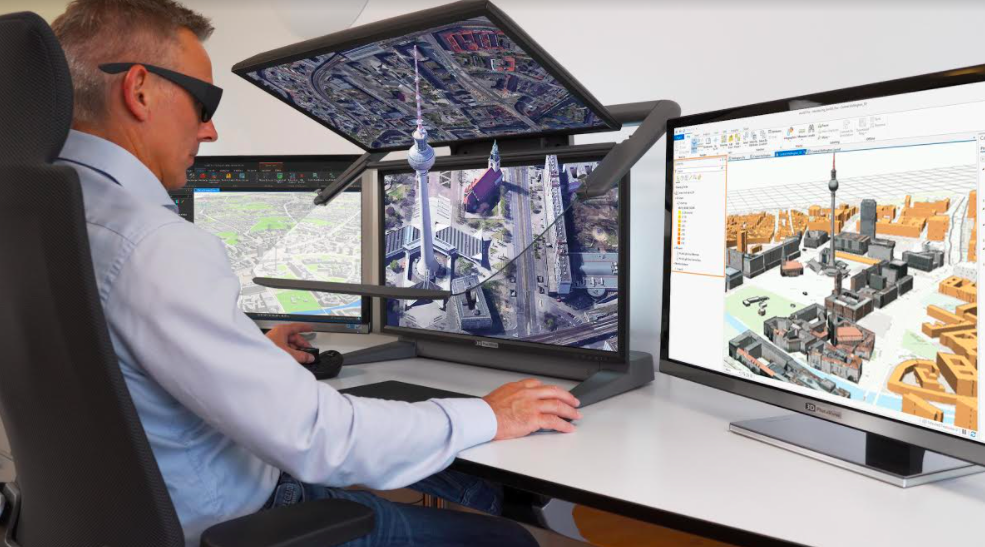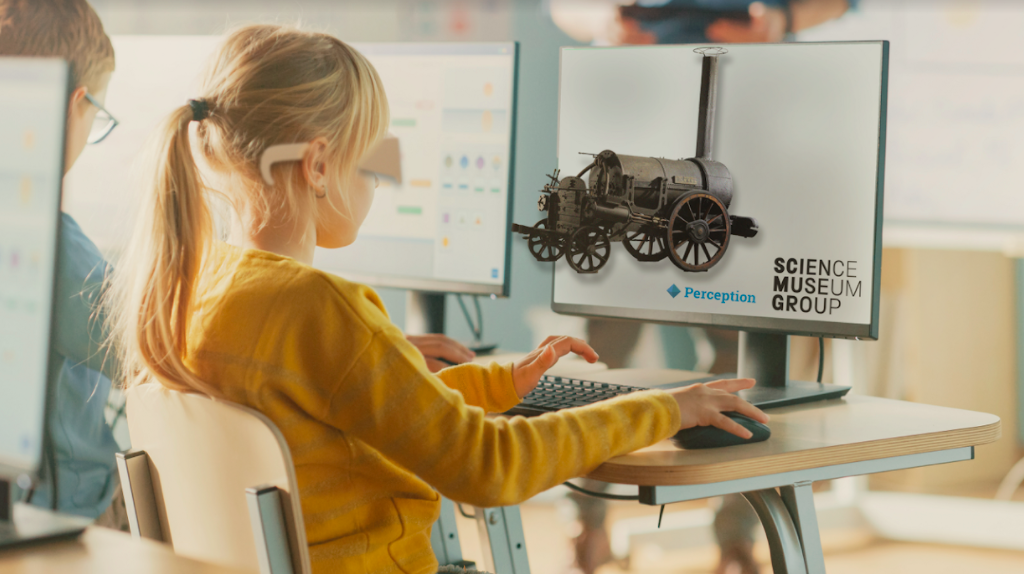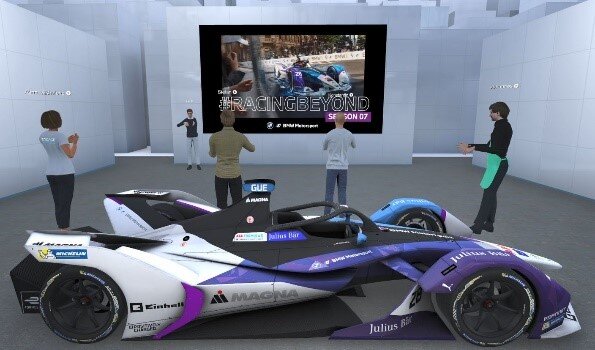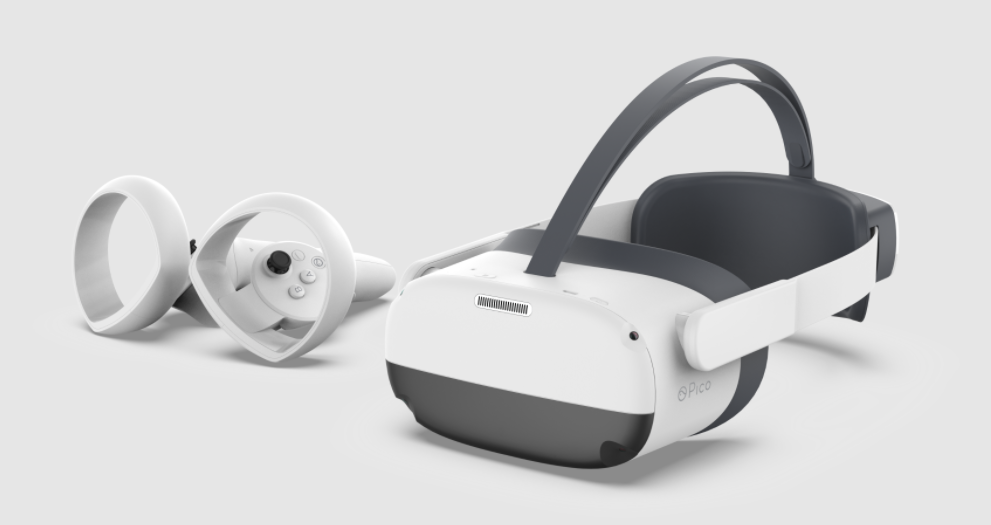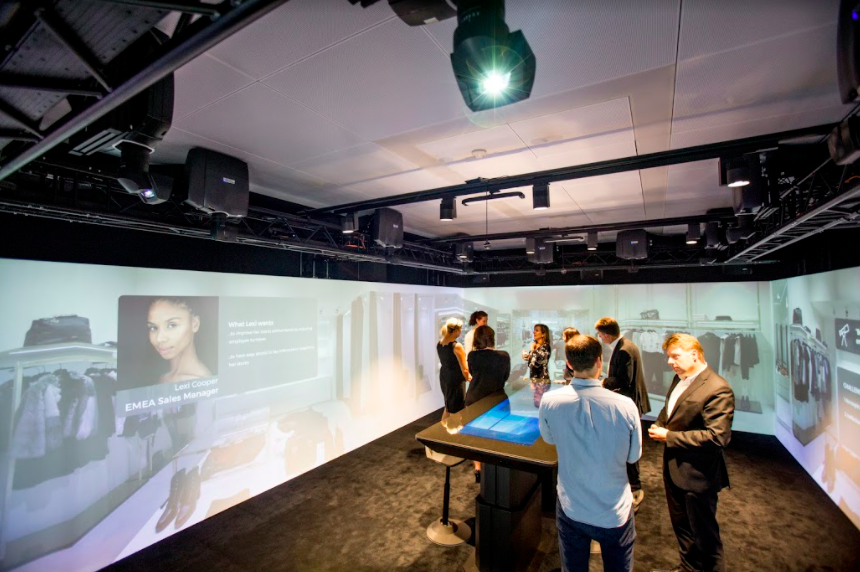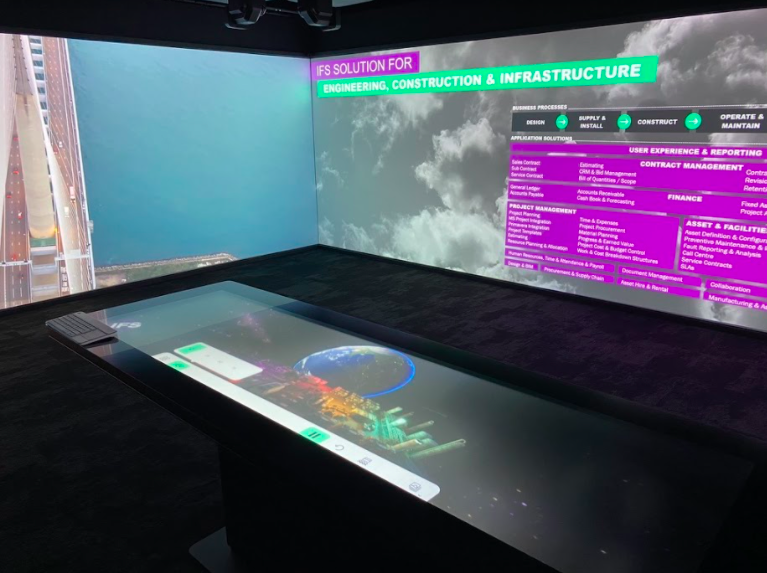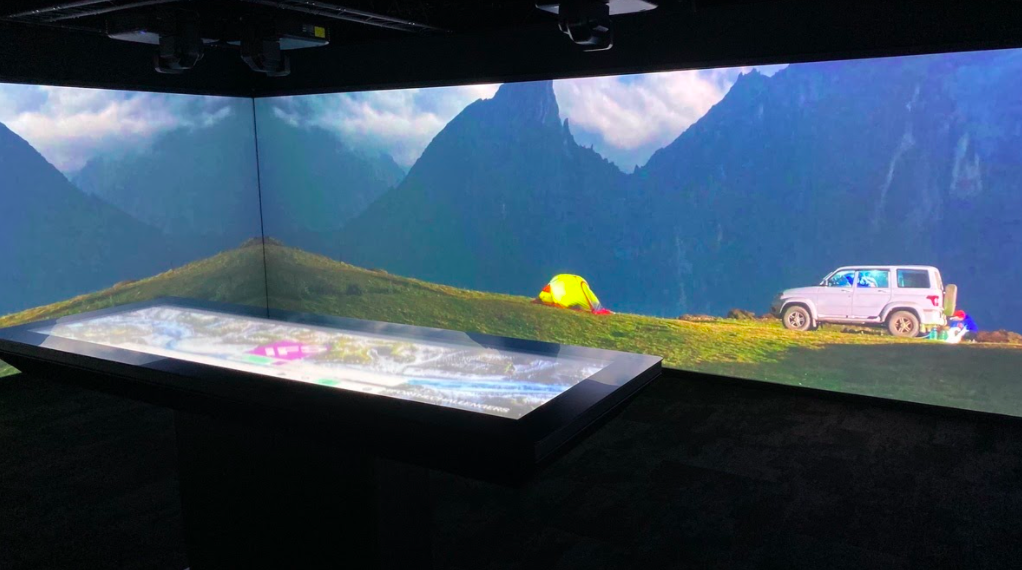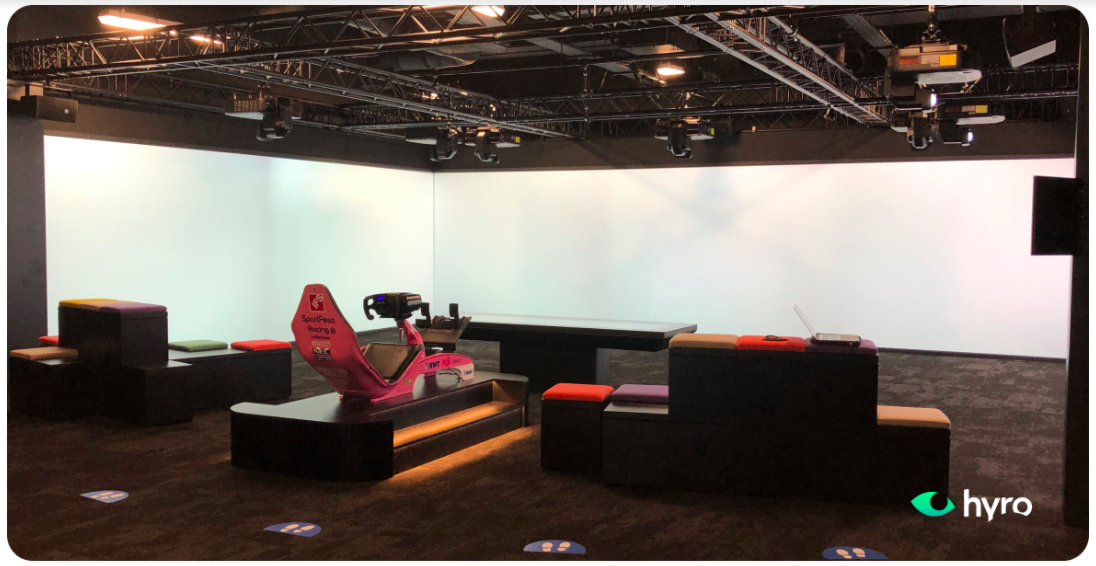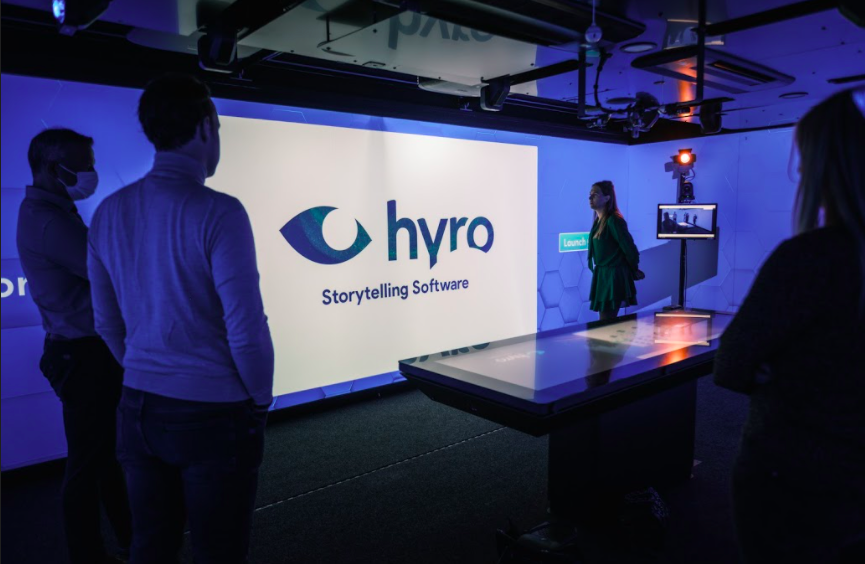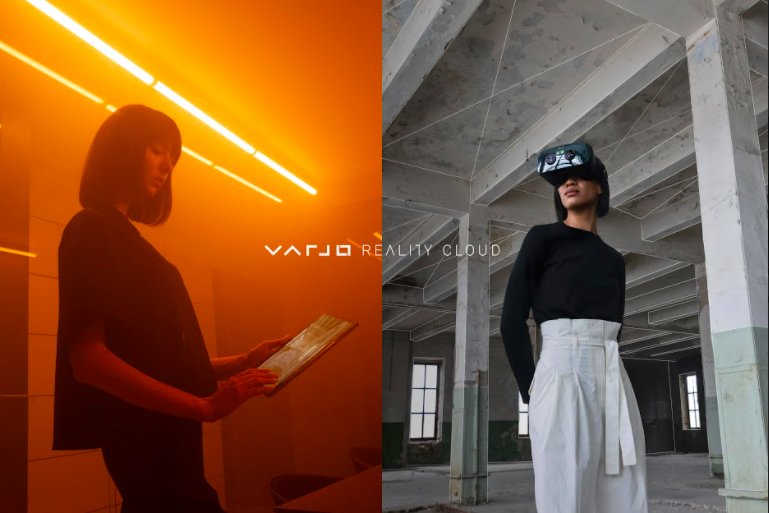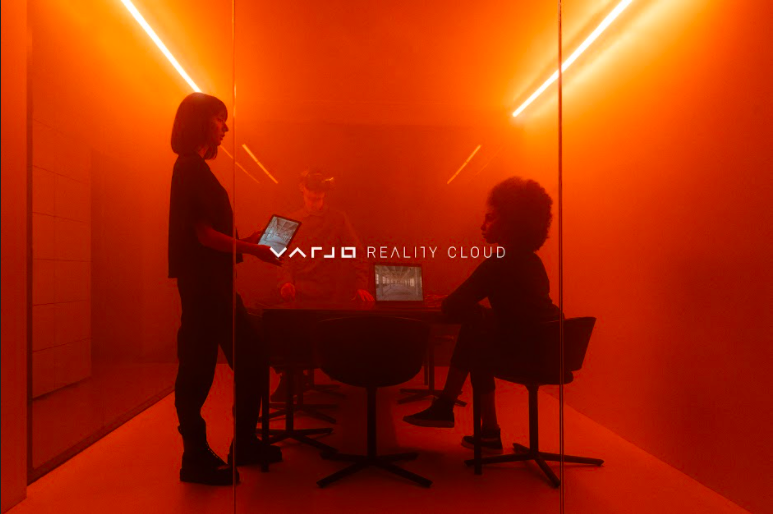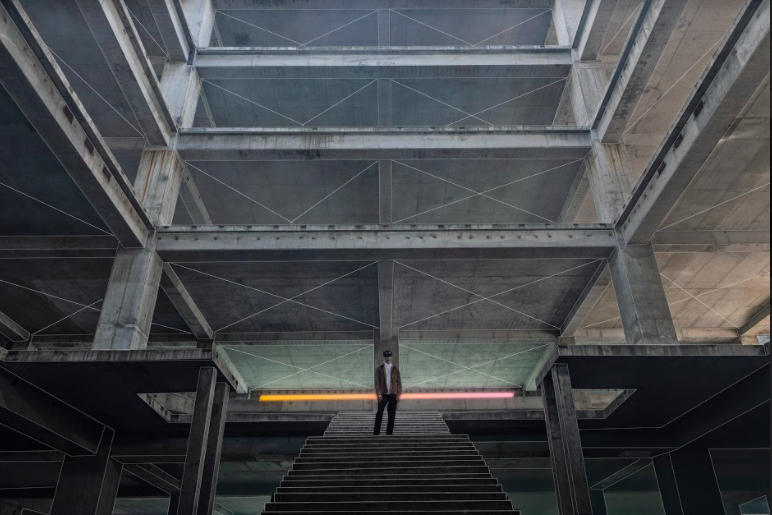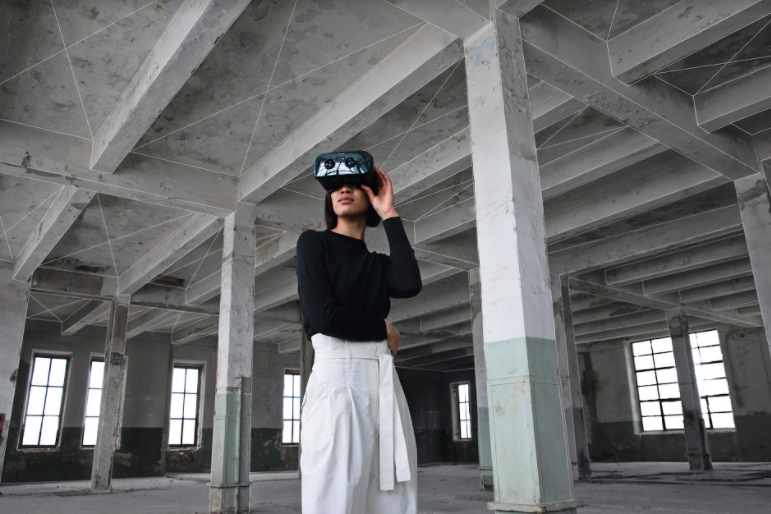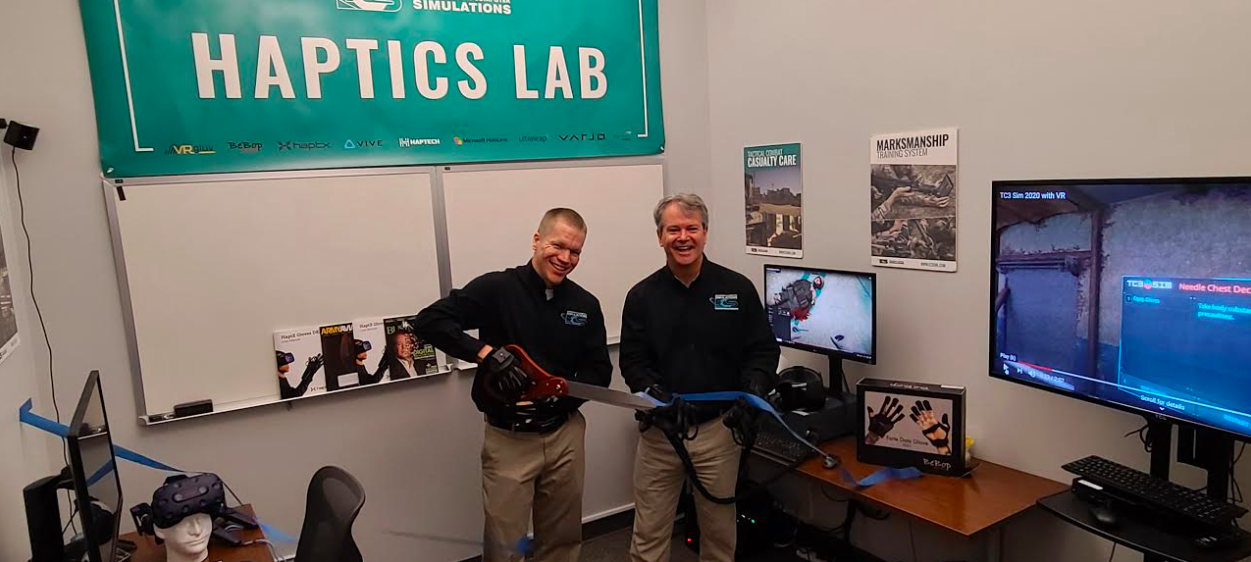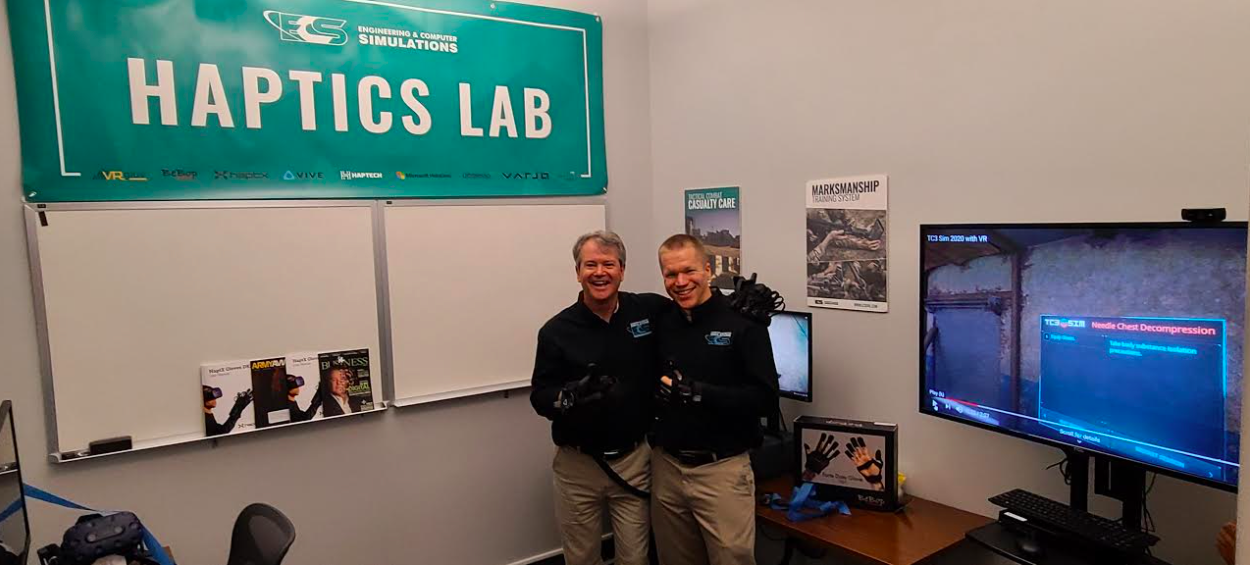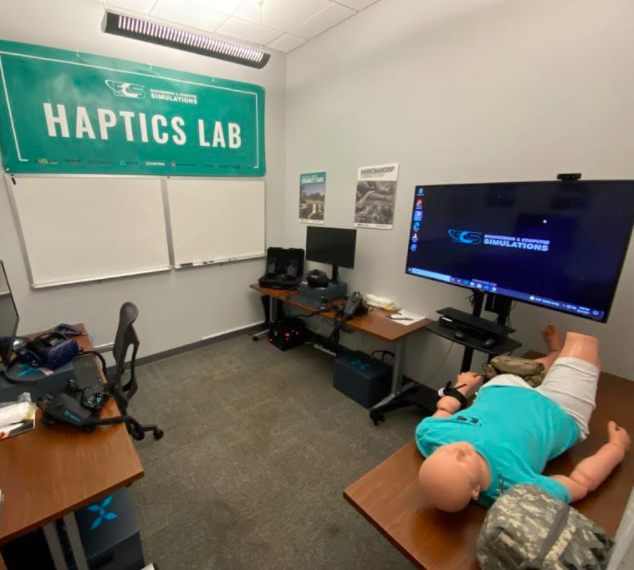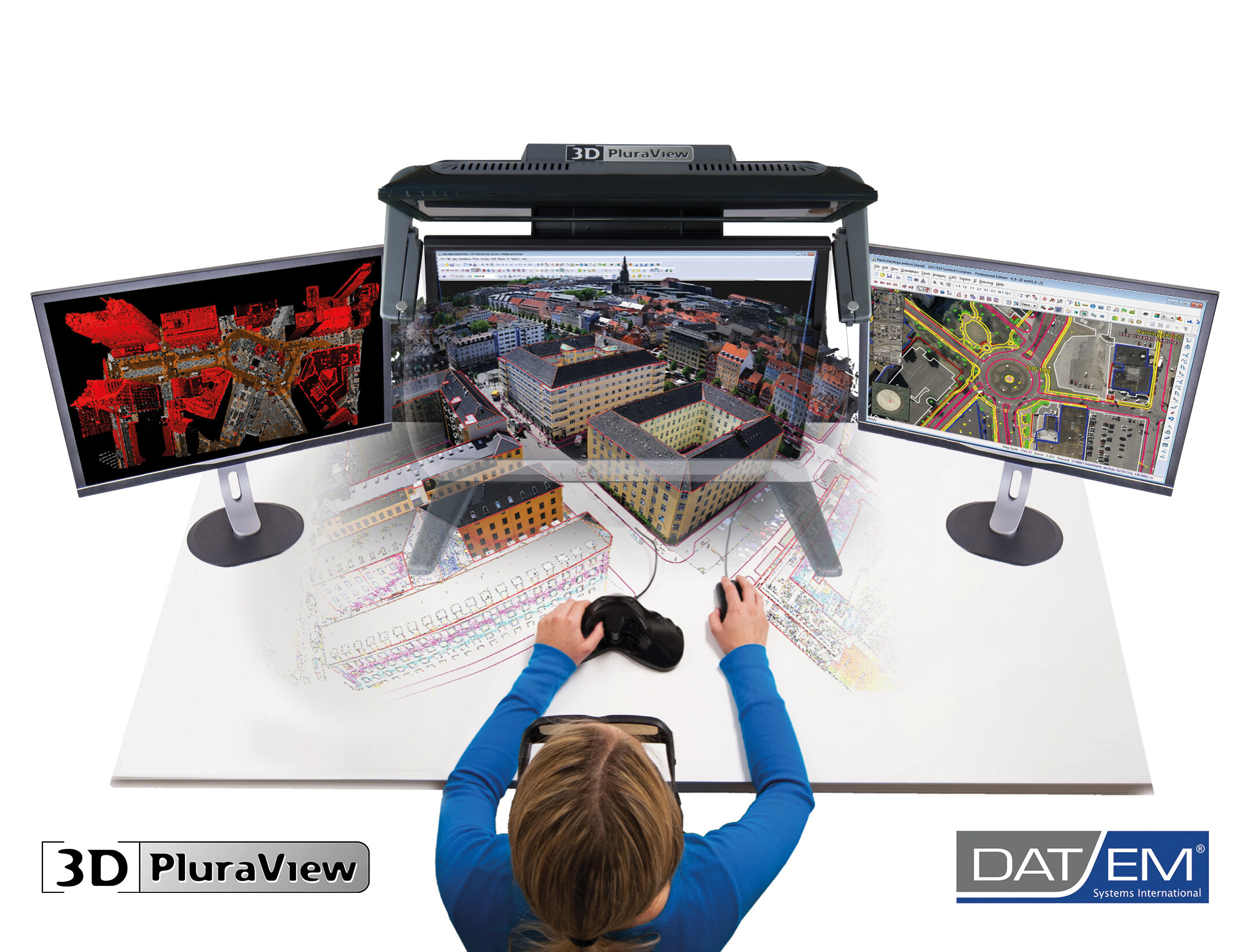VisionPlatform™ 7 integrates a ready-to-use suite of technology solutions to 3D print prescription smart eyewear
Eindhoven, The Netherlands – July 14th, 2021 – Today, Luxexcel announced its next-generation manufacturing platform, Luxexcel VisionPlatform™ 7, which makes it possible for businesses to integrate prescription lenses into the production of smartglasses in their manufacturing facilities. VisionPlatform™ 7 includes new features specifically geared towards manufacturing prescription smart lenses that are lightweight, thin, and can be used in commercial frames similar to traditional eyeglasses. The platform has been developed based on market demand and customer-specific needs for flexible yet high-performing manufacturing systems.
VisionPlatform™ 7 is technology-agnostic and integrates objects such as waveguides, holographic optical elements, and liquid crystal foils during the 3D printing process. The platform includes high-tech hardware, proprietary materials, advanced software, and processes – everything required to create prescription smart eyewear on-demand. With the capabilities to manufacture prescription smart eyewear, technology companies can accelerate their Augmented Reality (AR) eyewear projects and give designers the flexibility to create the smartglasses they want.
Fabio Esposito, Chief Executive Officer at Luxexcel says, “The launch of VisionPlatform™ 7 begins a new era in the manufacturing of prescription smart lenses. To compete in the race to launch consumer-ready smartglasses, eyewear manufacturers need to address prescription in their smartglasses devices. More than 75% of the adult world population today requires prescription lenses. Luxexcel provides a disruptive solution where smart technology is seamlessly combined with a prescription lens, rather than adding prescription power to the smart device as an afterthought. Luxexcel is accelerating the market introduction of true consumer smart glasses by allowing technology companies to manufacture prescription smart eyewear in the comfort of their own manufacturing home.”
This launch is off the back of Luxexcel’s successful product demo earlier this year, which proved that the three vital elements of AR smartglasses – prescription lens, a waveguide, and a projector in a fashionable device – can be combined into a 3D printed prescription lens. Luxexcel’s comprehensive material knowledge and family of custom materials ensures that the integrated objects bond well with the prescription material. VisionPlatform™ 7 also prints critical features, difficult or impossible to manufacture otherwise, such as the air gap required for a waveguide, and printed hardcoating, all without birefringence.
Guido Groet, Chief Strategy Officer at Luxexcel says, “To manufacture a device that combines prescription and smart functions requires a combination of skills in technology and optics. It can be difficult to find this combination of skill sets in one team, so we offer this experience to our partners. We provide our customers with a complete solution to manufacture prescription smart lenses so that they can focus on developing the technologies and content for the device. With VisionPlatform™ 7, more innovative features can be added to smartglasses and the only limitation is the imagination of the designer.”
VisionPlatform™ 7 features include:
Integration of smart technologies: VisionPlatform™ 7 is technology agnostic and seamlessly integrates a variety of objects during the 3D printing process to create prescription smart eyewear. Integrated objects include smart technologies such as waveguides and holographic optical elements, as well as active or passive foils such as liquid crystals.
Optimized printing processes: VisionPlatform™ 7 prints a range of powers from high to low on diameters from 65mm to below 1 mm. The platform also prints features difficult to produce with traditional lens making, such as air gaps required for waveguides, and micro lenses.
Strong adhesion properties: Different adhesion promotors for various objects such as waveguides and holographic optical elements ensure that integrated objects bond well with the prescription material.
New materials: Materials for high temperatures ensure that a range of anti-reflective and hydrophobic coatings can be applied to lenses as part of existing ophthalmic post-processing steps.
Printed hardcoating: A printable hardcoat is integrated as part of the 3D printing process. Luxexcel delivers an even surface at a low temperature to protect smart technologies inside the lens, the technology can even coat selected areas.
Lens design: Custom lens designs can be printed to address users’ most common refractive errors, such as single vision lenses and multifocal progressive designs, free form lenses as well as prisms.
About Luxexcel
Luxexcel is the world’s only technology provider for 3D printed commercial lenses. Our mission is to accelerate the adoption of consumer smart eyewear by meeting the needs of more than 75% of the adult world population requiring prescription lenses. We enable this with our patented 3D printing manufacturing platform. Original equipment and device manufacturers use our platform to design and produce custom, lightweight, smart prescription eyewear on-demand and in a fashionable form factor suitable for the mass market. Luxexcel’s head office is based in The Netherlands, with branch offices in Belgium and the United States.
Contact:
Name: Eva Flipse
Email Address: eva.flipse@luxexcel.com

